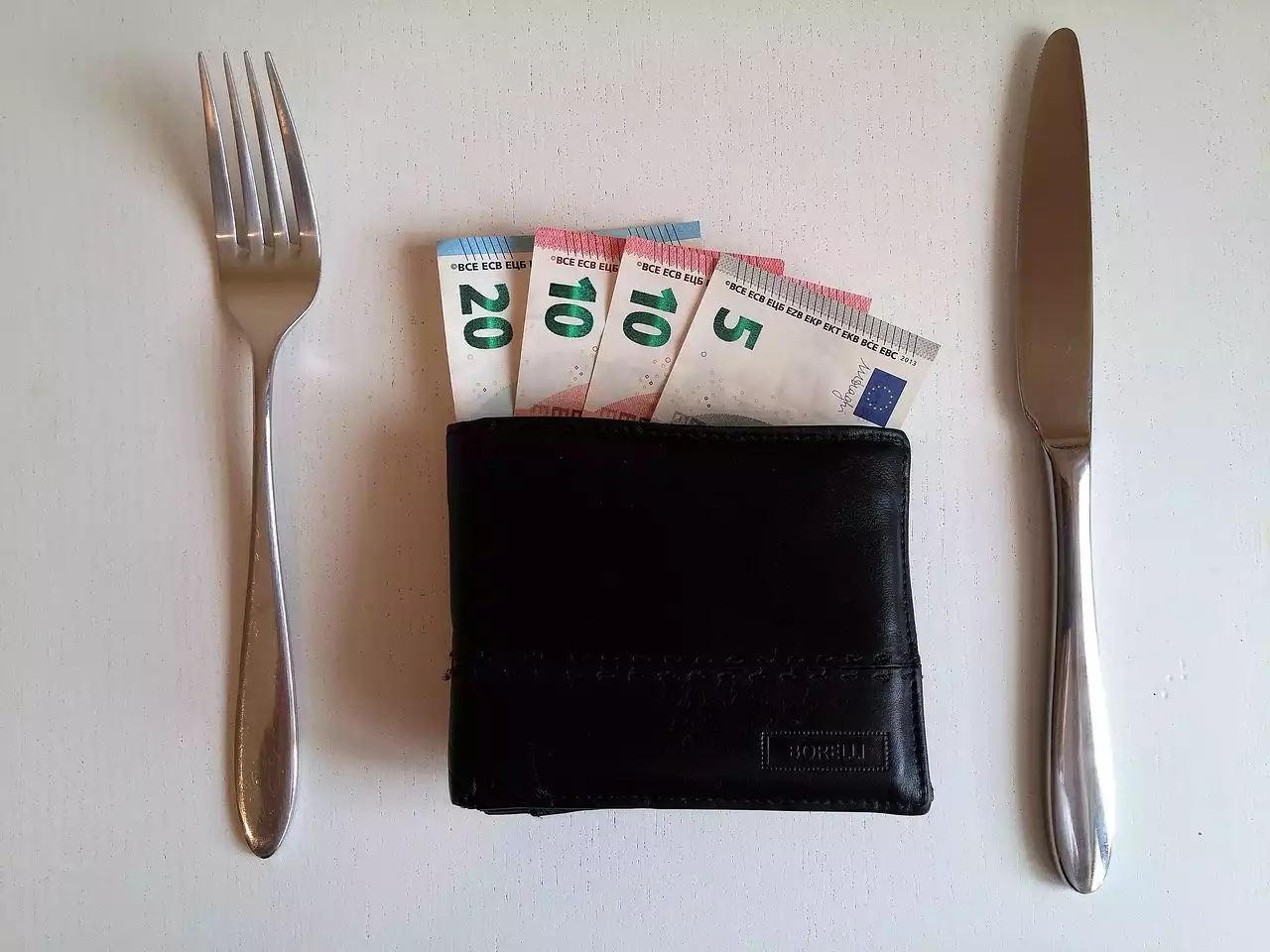This is a story that has played out in many places throughout the world during the last decade, banks took on too much debt and risk, which led to a collapse of trust among their customers and potential lenders. The result was an avalanche of new regulations, the closing or merging of hundreds of banks, and even capital injections from taxpayers to keep some institutions from going under. This article will explore the history of Monte Dei Paschi di Siena Bank and what its future may hold.
What is Monte dei Paschi di Siena?
Monte Dei Paschi di Siena (MPS) is the oldest bank in the world, tracing its roots back to 1472. It has weathered many financial crises and is a pillar of the Italian economy, with $93 billion in assets. MPS is the world’s oldest continuously operating bank and Italy’s third-largest bank and the world’s oldest surviving company. It began operations on 21 March 1472.
Timeline of Events
1998 - 2001: The bank was involved in a massive fraud scandal that eventually led to the resignation of its CEO.
2007: The bank avoided the worst of the subprime crisis, but was weakened by its large holdings of Italian government bonds.
2008: The debt crisis in Europe led to a market drop in the value of Italian government bonds, which cost the bank billions. 2011: The bank failed the European stress tests for the first time, and was required to raise capital.
2012: The bank failed the stress tests for the second year in a row. As the largest unresolved issue in the European banking sector, MPS became a lightning rod for criticism.
2013: The EU put MPS on life support, temporarily suspending the rules that would require the bank to raise capital.
2014: The EU imposed stricter stress tests to determine if MPS could raise capital on its own, or if the government would have to inject money. The stress tests revealed that the bank required another $40 billion in the capital.
2015: The new government owner, the Financial Times reported that the test results showed that the required capital would be closer to $47 billion.
2016: The bank failed to raise the capital it needed to avoid a government bailout.
2017: The EU and ECB agreed to inject $19 billion into the bank to save it from collapse, provided that the Italian government injects the same amount and that the two institutions impose strict oversight on MPS operations.
The Problems in Depth
MPS is the world’s oldest surviving bank and Italy’s third-largest bank, with $93 billion in assets. The problem is that the bank is also the riskiest in Europe, and would be in danger of collapse unless it received billions in government assistance. MPS has been struggling to avoid a government bailout since the financial crisis in 2008. The bank acquired billions in bad assets when Italy's government didn't have the funds to repay its debts. The situation became critical in 2011 when MPS failed the European stress tests for the first time and was required to raise capital. The situation worsened in the following years, as the bank failed the stress tests for the second year in a row, and was unable to raise the necessary capital to avoid a government bailout.
In 2013, the European Union placed the bank under temporary government control and allowed for a one-year reprieve from the stress tests, during which MPS could raise the capital on its own. But the problems got worse in 2014 when the EU intensified the stress tests and found that MPS would need $40 billion in additional capital to be able to survive on its own. The bank was unable to raise that much money, and the government was unable to provide the required funds.
The EU/ECB Solution: Bailout or Merge?
Given the magnitude of the problem, the EU and ECB faced a difficult decision: Should they provide the funds necessary to keep MPS solvent via a bailout, or should they force a merger with another bank? The government of Prime Minister Matteo Renzi favored a bailout, while the EU insisted on a merger because it is difficult to determine the value of bad assets. A merger would allow the two institutions to set the value of the assets of both banks, and decide just how much additional capital would be required to keep the banks solvent. The EU and the ECB were aware of the potential for scandal and corruption in the merger process but decided that was better than the risk of a bailout without sufficient safeguards. The bank’s problems had become a source of political tension between Italy and the EU, and the EU wanted to avoid the perception of acting on behalf of Germany, the largest country in the EU.
The Scandal Continues: Where is MPS Today?
The extensive investigation of the merger process revealed extensive fraud at the bank. The government temporarily seized control of the board, and the CEO and two other top managers resigned. The government appointed a commissioner to investigate the fraud, and the new CEO launched a branch-by-branch review of the bank’s assets. The Fraud Commissioner, Giovanni Pitruzzella, discovered a pattern of corruption that dated back to the 1990s. He was able to trace some of the fraudulent activities back to officials in the government who were elected in the 1990s, and he eventually found the fraud ran through to current government officials. The government has yet to decide what to do with the bank, but it has been able to raise $5 billion in the capital, which it needs to avoid a government bailout. That is $20 billion less than the bank needs to remain solvent, but it is $20 billion more than it had before the government took over.
Conclusion
The bank has survived several crises during its long history, but this time the outcome is less certain. The bank is currently under investigation for fraud, and the government has yet to decide what to do with it. Even if it is allowed to survive as an independent institution, the damage of the scandals may be too great to overcome. It will be difficult for MPS to regain the confidence of its customers, or potential investors. If it survives as a single institution, it will be under government and EU control for years to come.


 Common misconceptions about part-time remote jobs
Common misconceptions about part-time remote jobs
 Creating a YouTube Channel for Your Business
Creating a YouTube Channel for Your Business
 The Top Forex Brokers in the World
The Top Forex Brokers in the World The History of Medici Bank
The History of Medici Bank The First Bank of the United States
The First Bank of the United States Banking in the Roman Empire
Banking in the Roman Empire A Brief History of the Banking System
A Brief History of the Banking System